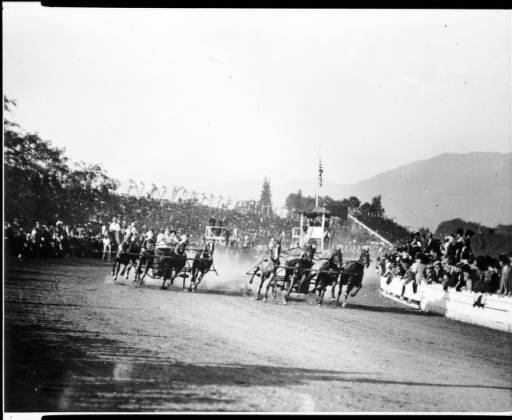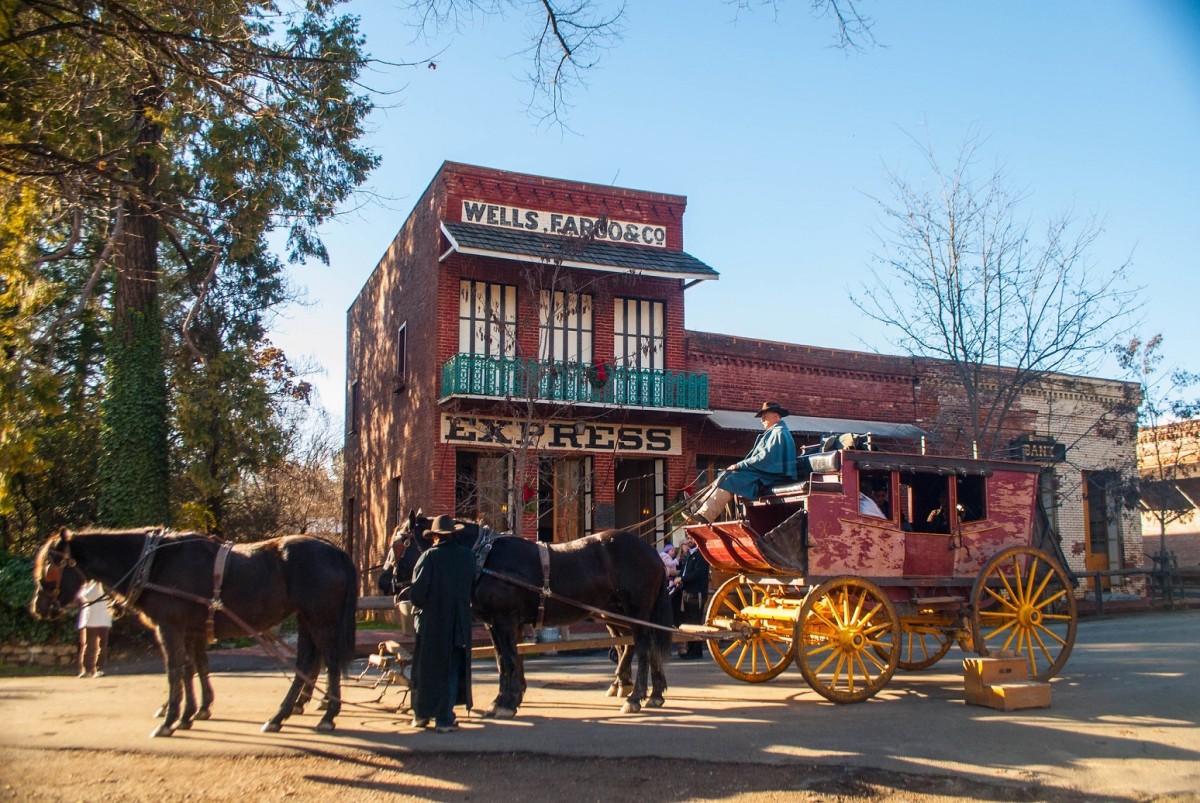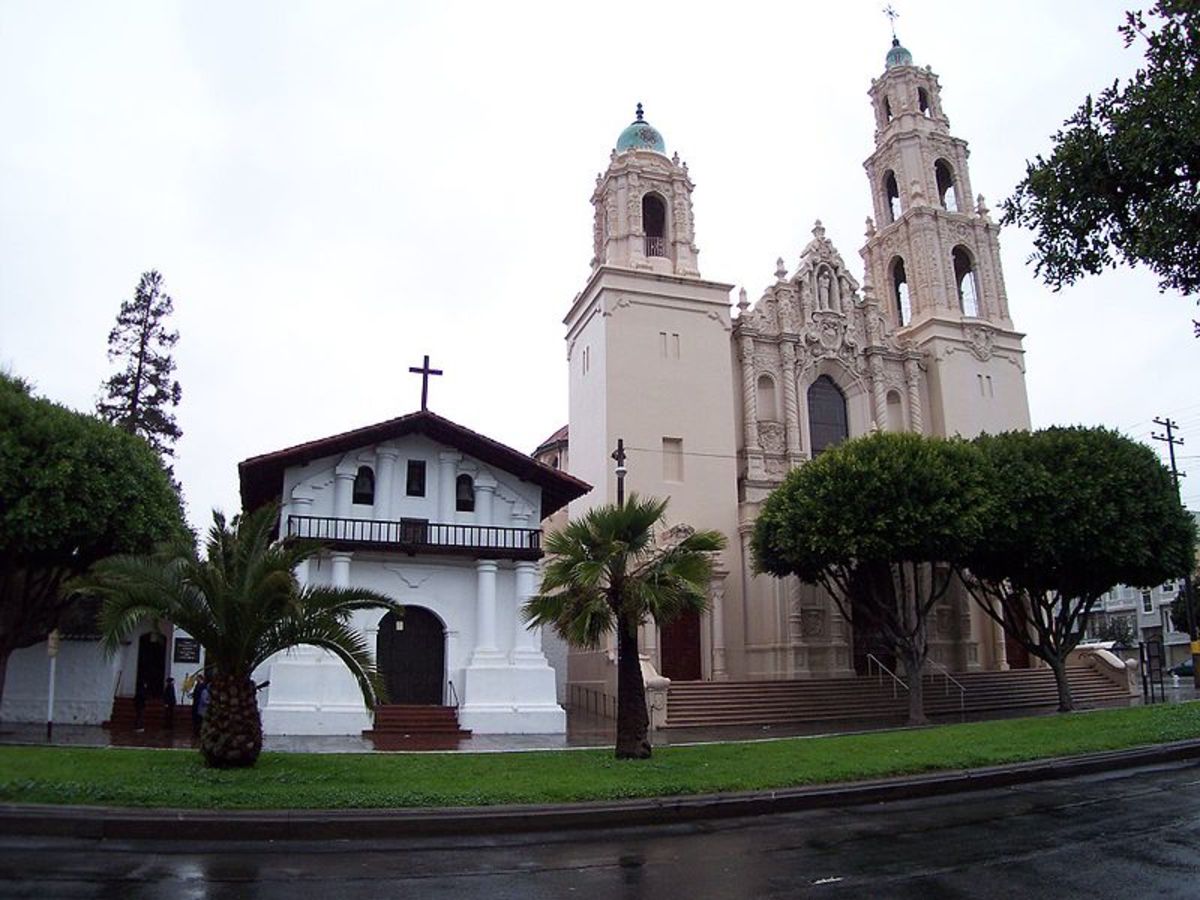- HubPages»
- Travel and Places»
- Visiting North America»
- United States»
- California
Indiana Colony: The Founding of Pasadena, California
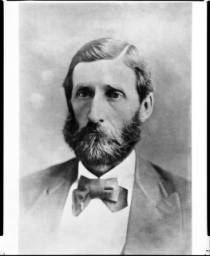
The winter of 1872-73 was especially cold in Indiana. Thomas Elliot was a doctor in Indianapolis. His wife declared that she was tired of snow,freezing weather, and sniffling from colds. She wanted to move to California and declared "I'm going anyway, even if no one else does." Apparently her husband took her seriously. By the following May they had formed a plan with some of their friends called the "California Colony of Indiana."
Site Selection Committee
By August of 1873 a site selection committee was formed. It consisted of:
- David M. Berry
- General Nathan Kimball
- Albert Ruxton
- John Baker
They were instructed to look for land suitable for orchards, since the group wanted to grow citrus. They were also instructed to find land priced at $5 per acre or less. With these instructions and some money, the committee headed west.
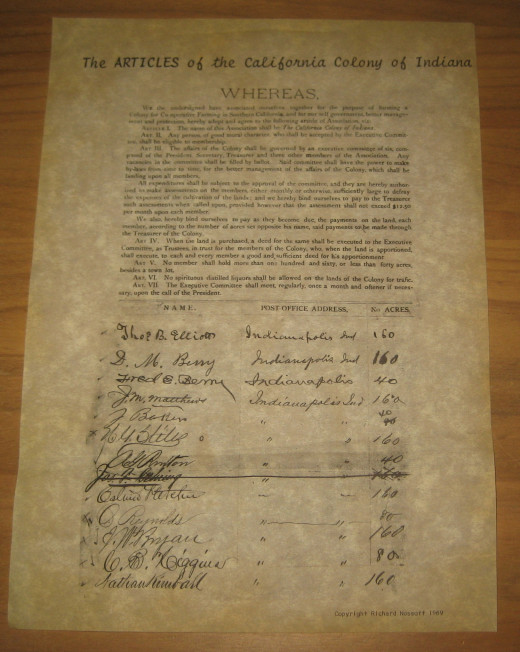
Selecting the Site
Things did not go well for the selection committee. A financial crisis known as the Panic of 1873 started a six year long depression (This crisis was called the "Great Depression" until it was surpassed by what we now call the "Great Depression" in the 1930s). Berry wrote from Los Angeles to the group's treasurer in Indianapolis that he had only $130 left.
In one of those chance but crucial events, Berry met Judge Eaton in Los Angeles. In the course of conversation, Berry explained what had brought him to California. When the judge asked how his search was going, he stated that he had worn out his shoes, clothes and himself, but had yet to find suitable acreage. The judge kindly invited him to spend the night at his home, a few miles away. The next morning, Mr. Eaton Asked Berry how he felt. Berry stated that he felt great, since he had a slept the entire night. An asthma sufferer, he had trouble breathing while laying down. The conditions at this location were obviously favorable to him. Mr. Berry stated "This is the place I have been looking for." Later on, people would say that the location of the new settlement was chosen by a case of asthma.
San Gabriel Orange Grove Association
Berry was able to strike a deal for 4,000 acres of land at at a price of $25,000. His down payment was only $200, so it was necessary to raise much more cash. He formed the San Gabriel Orange Grove Association and sold 100 shares at $250 each. He was able to recruit additional people from Indiana plus a few from Ohio, Michigan and Iowa, along with the original members of the group. The choicest 1500 acres were divided into 100 15 acre lots. The lots were assigned by lottery.
The town was originally called Indiana Colony. Mail to the town was sent to Los Angeles marked Indiana Colony. The towns residents picked it up in Los Angeles for a while, before deciding to get their own post office. At that time, the Postmaster General rejected the name Indiana Colony (seems odd, since there is an Indiana, Pennsylvania). Therefore the name was changed to Pasadena, which is Chippewa for "Crown of the Valley."
The Tournament of Roses
Seeking to grow their community, the members of the Pasadena Valley Hunt Club held the first New Year's day parade in 1890. The purpose was to publicize the fact that when Americans in the East and Midwest were freezing, flowers were blooming in Pasadena. All these flowers gave rise to the name "Tournament of Roses" for the parade. Naturally, newspaper reporters from the Midwest and East were invited.
In 1902, they held their first football game on New Year's day.. Stanford, the local favorite, was beaten by Michigan 49-0. Between 1903 and 1915 chariot races were held instead. One reason that chariot racing was chosen is that Lew Wallace, author of Ben-Hur: A Tale of the Christ, was from Indiana. In 1916 they switched backed to football permanently, in a contest now known as the Rose Bowl.
